Airlines will often give frequent flyers complimentary upgrade coupons or certificates as they reach a higher grade. People love to use them and want to maximise their chances of an upgrade so they ask the reservations agent if there is plenty of availability or not.
The thinking here is that more seats free, the better chance of snagging an upgrade using the coupon or certificate. This is completely wrong – the telephone agents actually have very little idea. Here’s why.
The Reservations Display
Contrary to popular believe, a reservations agent sees the same availability as any travel agent would see. Just because they work at an airline doesn’t mean they can see precisely how many seats are sold, nor can they see any booking trends or anything like that.
At some airlines, the agents are expressly forbidden to tell you if seats are still available for upgrade. When asked, they will look at the general availability and say “looks great!” which gives people the wrong impression. Seat availability looks like this in a reservations system –
J9 C9 D4 IC RC U1 Y9 B9 H9 K9 M9 L7 V3 SC NC QC OC GC XC
I’ve made the business class fare buckets bold for the purposes of this example. Let’s say U class is the reward availability, and R is the most deeply discounted business class and J is the full fare top price a person could expect to pay.
There is one award seat available in U, nothing in R class, nothing in I class (the C denotes “closed (for sale)” – no seats left), 4 at the D class price, 9 or more at the C class price and 9 or more at the J class price.
How A Reservations Agent Could Decipher This
When you ring up and ask, “Are there many seats available?” – the reservations agent might say yes. They will add J, C, D, I, R to get 22 seats.
It looks wide open, however there is just ONE frequent flyer award seat. This should match what you see if you do an award seat search at your airline. Once someone snags that, the U class bucket is closed and revenue management will assign upgrades manually based on how the cash tickets are selling.
To throw a spanner in the works, the example display does not actually indicate there are 22 seats available for sale. Say what now? Since the number on the display does not go higher than nine for any one fare bucket, there could be exactly 10 seats free in total. However, the airline is only willing to sell 4 at the D class price, but will happily sell 9 or more at the C and J class prices. You get me?
Overall Thoughts
This is why a reservations agent might be actively discouraged from advising passengers how wide open a flight is in business class. In reality, they have little to no idea what a person’s chances of an upgrade are, as they just don’t have that information to hand.
People will always ask, and helpful agents will have a look and answer, “yes, looks great!”. Unfortunately that then leads to grumpy frequent flyers – “the agent said there were plenty of seats available, how come my upgrade is not being approved?”. Yes, there might have been plenty of seats for sale, but you’re not buying one in this instance, are you?
I hope that helps temper expectations and gives you a flavour of what a reservations agent sees on screen. Do you usually ask about your chances for an upgrade? What are your experiences with this? Thank you for reading and if you have any comments or questions, please leave them below.
Like planes? See my “Does anyone remember” series.
Flight reviews your thing? Mine are all indexed here.
Follow me on Facebook, Twitter and Instagram.
Images via Alaska Airlines.



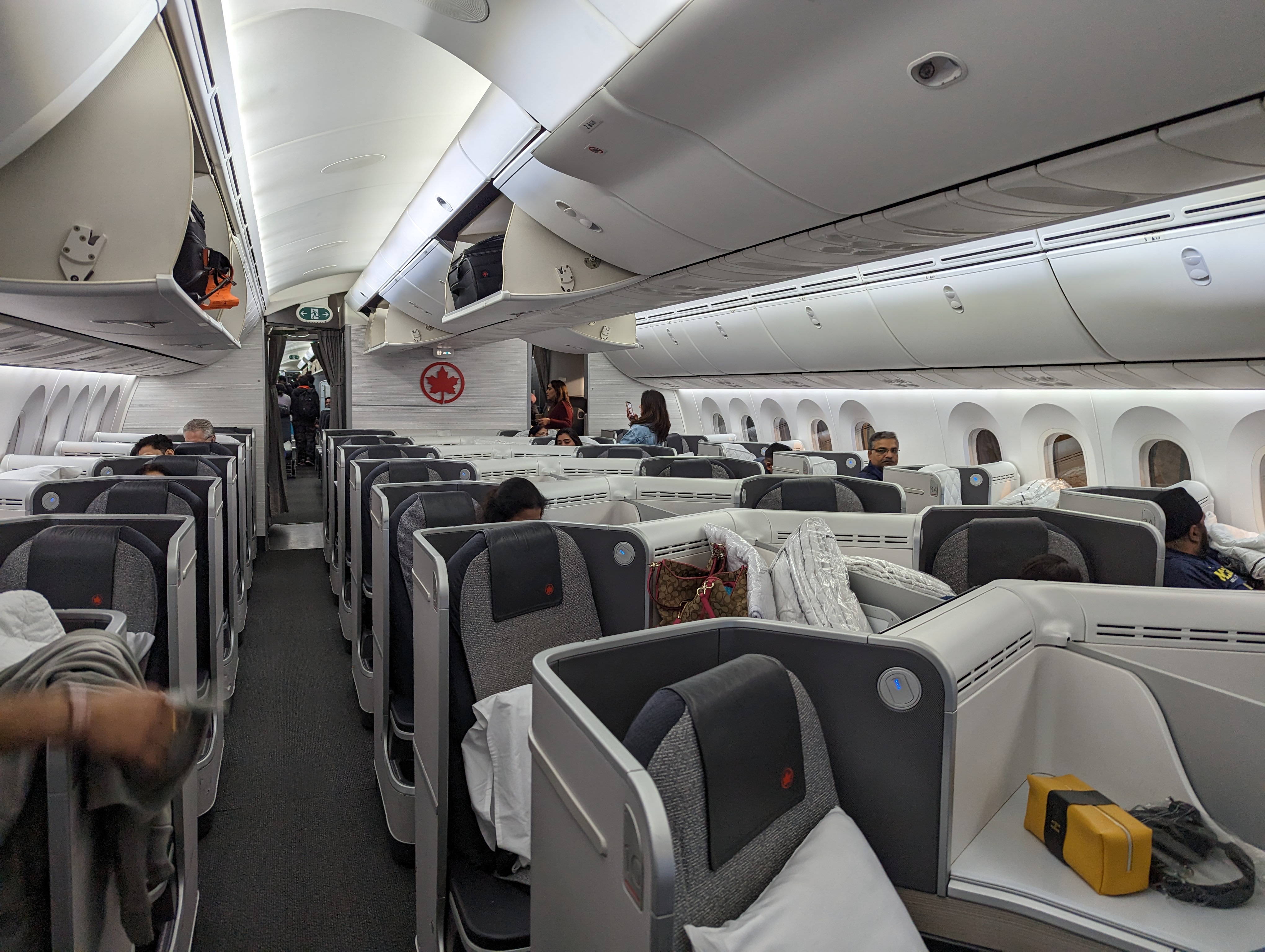
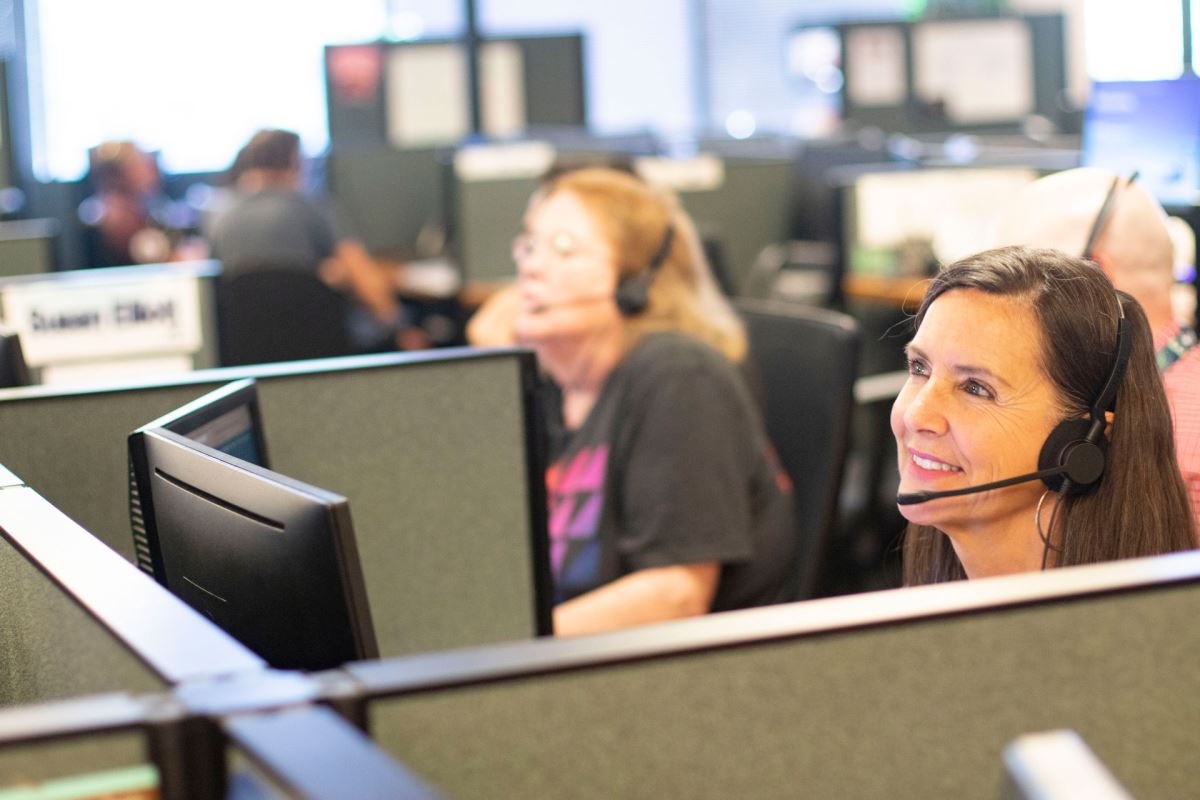
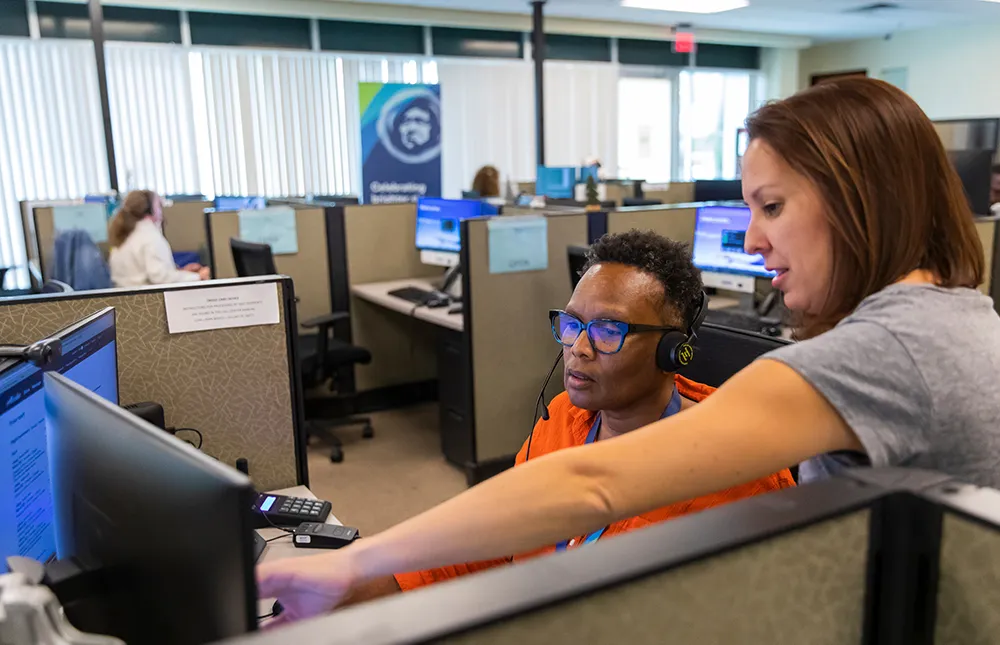
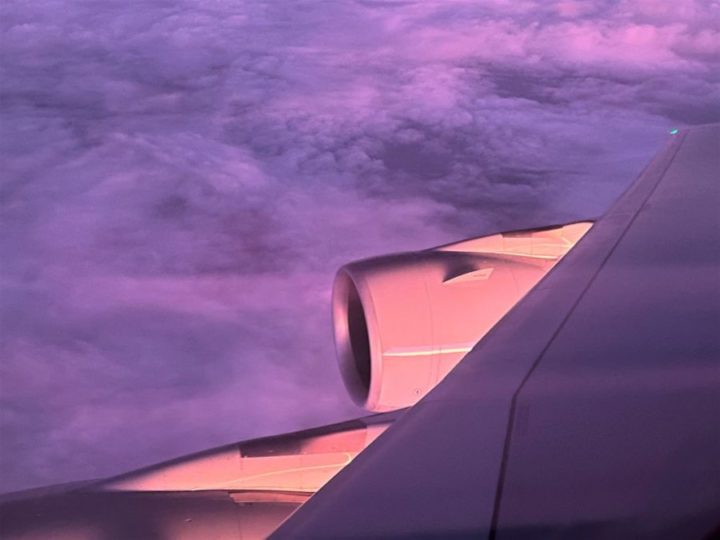
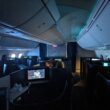
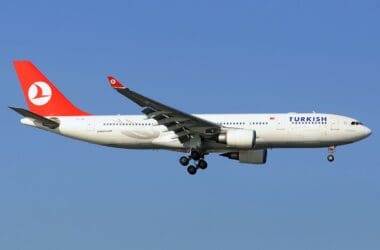
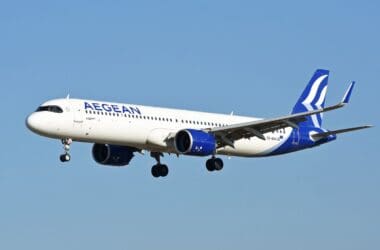


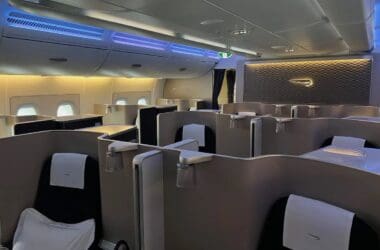

I find that a live seat map is helpful since most ticketed passengers will have reserved a seat in advance. It’s still far from ideal, as you noted the farther out it is the less accurate a guess will be.
Well, it depends – on airlines where you need to pay to select a seat, a good number of people will hold off for the free seats at check-in. But still, any indication is better than none, so I also use that as a guide.